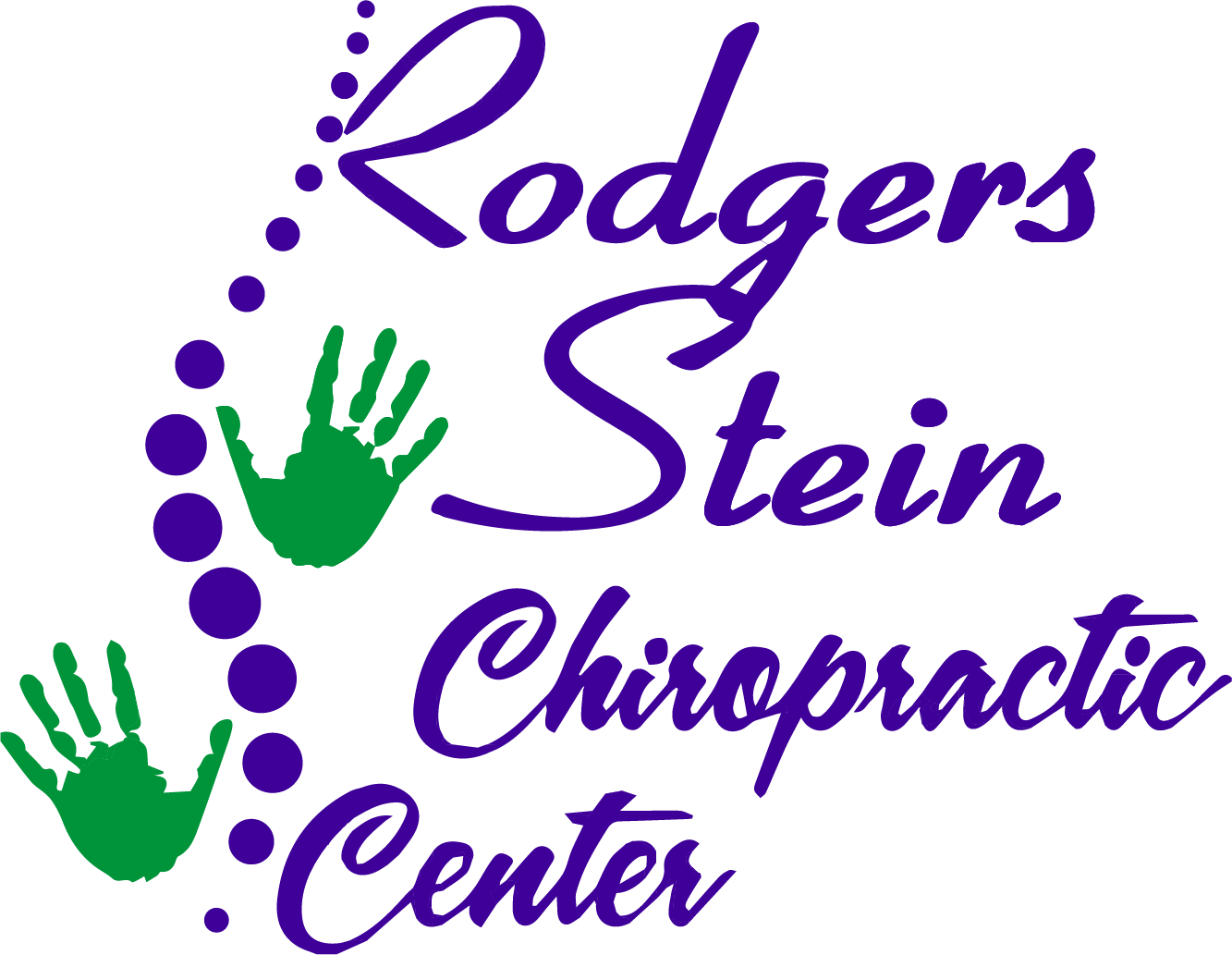You might not realize how much your posture affects your health and productivity at work. By making a few simple adjustments to your workspace and habits, you can greatly improve your comfort and focus throughout the day. From chair height to monitor placement, each detail plays an essential role in supporting better posture. You may be surprised at how small changes can lead to big results. So, what are the key tips you can implement today to start feeling the difference?
Adjust Your Chair Height
To kick off your journey toward better posture, start by adjusting your chair height. The right chair height guarantees your feet rest flat on the floor while your knees sit at a 90-degree angle. This positioning not only supports your lower back but also reduces strain on your hips and legs.
Begin by sitting in your chair with your back against the backrest. Your thighs should be parallel to the ground or slightly angled down. If your feet dangle, raise your chair or use a footrest to provide support. On the flip side, if your knees are above your hips, lower your chair until you find that sweet spot.
Make certain your arms are also supported. Your elbows should be at a 90-degree angle when your hands are on your keyboard. If your chair is too low, you might find yourself hunching over, which can lead to neck and shoulder pain. Adjust your chair height so that your forearms are parallel to the floor or slightly angled downward.
Take a moment to check your posture regularly. It's easy to slip into bad habits, especially during long hours at your desk. Keep your shoulders relaxed and avoid leaning forward.
Optimize Your Desk Setup
An optimized desk setup is essential for maintaining good posture and enhancing productivity. Start by positioning your desk at an appropriate height. When you sit, your elbows should be at a 90-degree angle, allowing your forearms to rest comfortably on the desk. If your desk is too high or low, consider using a desk riser or adjusting your chair height accordingly.
Next, arrange your monitor so that the top of the screen is at eye level. This prevents you from tilting your head up or down, which can strain your neck. Ideally, the monitor should be about an arm's length away from your face, reducing eye strain and helping you maintain focus.
Keep your keyboard and mouse close to each other to minimize reaching. Your wrists should remain straight while typing, and your hands should hover slightly above the keyboard. If you find your wrists bending, consider using a wrist rest to provide support.
Additionally, declutter your workspace. A tidy desk not only promotes focus but also allows you to keep essential items within easy reach, reducing unnecessary strain. Use cable organizers to keep cords tidy and out of your way.
Finally, consider adding a footrest if your feet don't comfortably touch the ground. This can help you maintain a stable and supported posture.
Practice Ergonomic Typing
During your workday, practicing ergonomic typing can greatly reduce discomfort and enhance your overall efficiency. To start, verify your keyboard's height allows your elbows to rest comfortably at your sides, forming a right angle. Your wrists should remain straight, and your hands should hover slightly above the keys, minimizing strain. Consider using a wrist rest to maintain proper positioning while typing.
Next, adjust your chair and desk to promote good posture. Your feet should rest flat on the floor, or use a footrest if needed. Keep your back straight and shoulders relaxed, avoiding any hunching or leaning. This alignment supports your spine and reduces fatigue.
When typing, try to keep your fingers relaxed and avoid pounding the keys. Instead of reaching for distant keys, position your hands so that you can easily reach all letters without strain. Familiarize yourself with keyboard shortcuts to reduce excessive mouse usage, which can lead to discomfort in your wrists and shoulders.
Lastly, pay attention to your screen's placement. Your monitor should be at eye level, allowing you to look straight ahead while typing. This helps maintain a natural neck position and prevents strain.
Take Regular Breaks
Taking regular breaks is essential for maintaining your focus and preventing fatigue throughout the workday. When you're glued to your desk for hours on end, it's easy to lose concentration and become physically uncomfortable. By stepping away from your workspace periodically, you allow your mind and body to recharge, enhancing your overall productivity.
Make it a habit to take short breaks every hour. Use this time to stretch, walk around, or simply change your environment. Even a five-minute pause can make a significant difference in how you feel. During these breaks, you can also hydrate and grab a healthy snack, which helps keep your energy levels stable.
Consider using a timer or app to remind you when it's time to take a break. This will help you establish a routine, making it easier to step away from your work.
During your breaks, avoid screens if you can. Instead, look outside or focus on a different task that doesn't require intense concentration. This shift in activity can refresh your mind and improve your posture when you return to your main tasks.
Strengthen Core Muscles
A strong core is essential for maintaining good posture while you work. Your core muscles, which include your abdominal muscles, back muscles, and pelvic floor, play a critical role in supporting your spine and maintaining balance. When these muscles are strong, they help you sit up straight and reduce strain on your back, preventing discomfort and injury.
To strengthen your core, start incorporating simple exercises into your routine. Planks are a great option; they engage multiple muscle groups and require no equipment. Aim to hold a plank for 20 to 30 seconds, gradually increasing the duration as you get stronger.
Another effective exercise is the bridge, where you lie on your back with your knees bent and lift your hips toward the ceiling. This targets your lower back and glutes, providing additional support for your posture.
Additionally, consider adding stability ball exercises to your regimen. Sitting on a stability ball while you work can engage your core muscles and promote better posture. However, make sure you maintain proper form to avoid injury.
Lastly, don't forget about your breathing. Deep, diaphragmatic breathing can activate your core muscles and enhance their strength. Practice this while sitting at your desk or during breaks.
Conclusion
By following these tips, you can greatly improve your posture at work and boost your overall health and productivity. Adjust your chair and desk, practice ergonomic typing, and take those essential breaks to stretch. Don't forget to strengthen your core muscles to support good posture throughout the day. With just a few simple changes, you'll feel more comfortable and focused, making your workday more enjoyable and less straining on your body. Start today!



